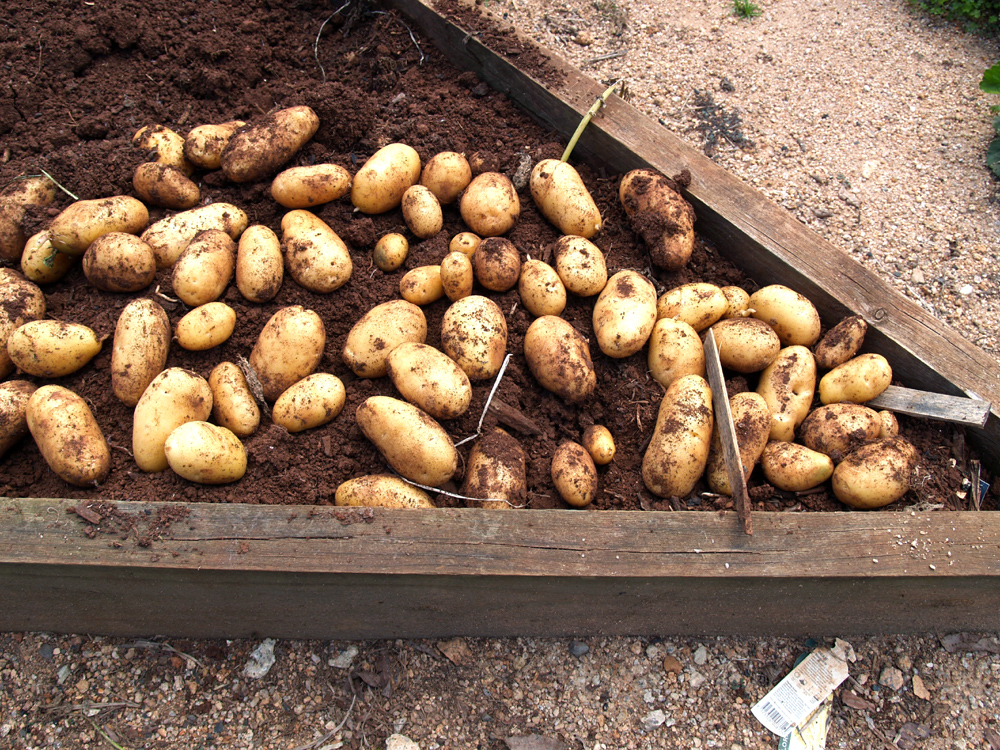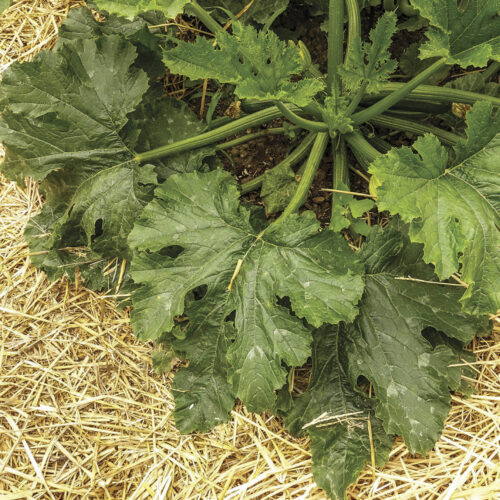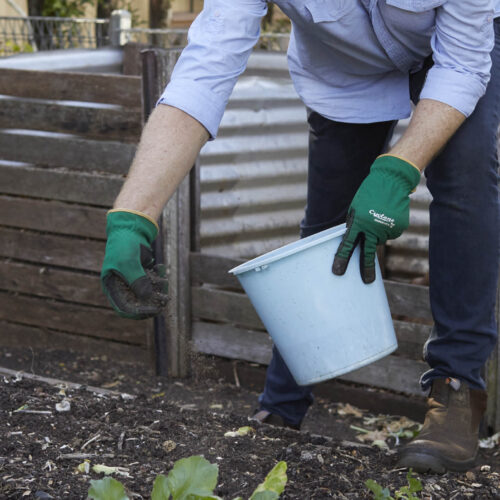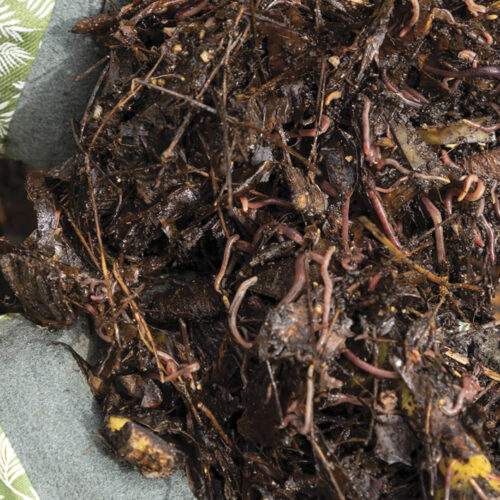Biochar Experiment – An Update
2011-12-22T05:56:50+11:00
Biochar has the potential to revolutionise gardening in a post carbon world. JUSTIN RUSSELL provides an update on an experiment using the product in his vegie garden to help grow a bumper crop of spuds.
Back in September I blogged about a little experiment I’ve been conducting with biochar and promised an update later in the growing season. Well, the results are in, and while I wouldn’t call them conclusive, they are instructive. First a quick reminder of what I did. I prepped one potato bed with a commercially produced biochar, and as a control, prepped another potato bed with exactly the same materials excluding the biochar.
One of the first things I observed about the biochar bed is it held up reasonably well during a four week spell of dry weather in comparison to the plants in the non-biochar bed, which wilted badly in the heat and eventually withered far earlier than they should have. This effect is probably due to the moisture holding capacity of biochar, and it was confirmed when I dug the spuds up. The soil in the biochar bed was softer, contained more worms, and was considerably moister than the control bed.
Yields were marginally higher in the biochar bed. Not by much, mind you, but there was a difference of around three kilograms. I’m calling that a win. On the downside, the biochar bed wasn’t without problems. I was surprised to find that the 28-spotted ladybeetles preferred the potato foliage in the biochar bed over the control bed, I’m guessing because of higher nutrient levels in the plants thanks to the ability of biochar to increase fertility.
The other issue was potato scab. This soil-borne disease has never been a problem for me in the past, but this year, Pink Eye potatoes grown in the biochar bed were quite badly affected. By contrast, spuds in the control bed had clean skins, though to be fair, a range of factors may have contributed to the problem. Dry soil can encourage scab, so the mini-drought at a critical point in the tubers’ development may have played a role. Variety could also have been a factor. Dutch Creams planted nearby the Pink Eyes were almost completely free of scab and may be naturally resistant.
My little experiment would need to be replicated with many different plants in different soils over many seasons to be considered definitive, but from my observations, I’d suggest that biochar can make a positive contribution to a productive garden. I’ll certainly use the product again when preparing the soil for future crops. The yield was good and the soil appears healthy. But best of all, the spuds have been delicious. Without doubt, potato salad using home grown spuds will be making an appearance on our festive menu.
Happy New Year. May 2012 bear the fattest tomatoes, the straightest carrots, the plumpest pumpkins and the most flavoursome potatoes you’ve ever tasted.






